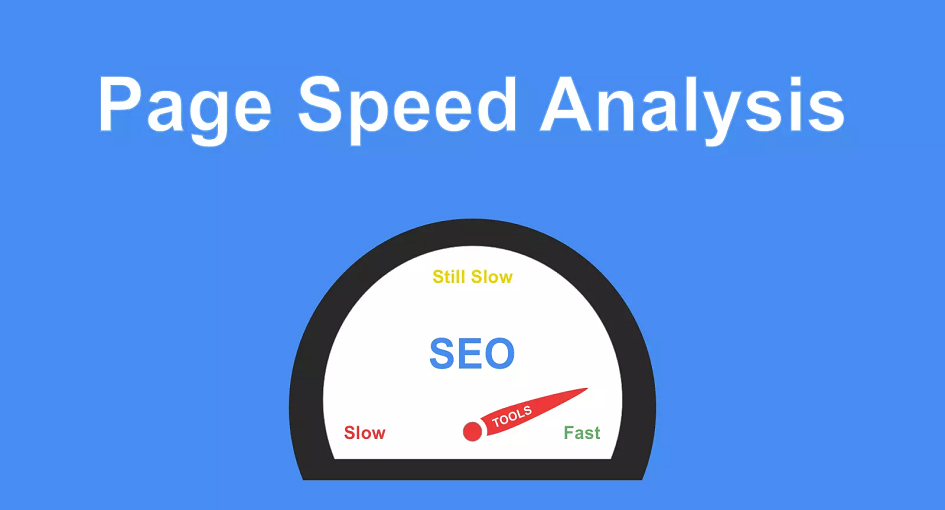
In the fast-paced digital world, website speed is a crucial factor that can make or break your online presence. A slow-loading website not only frustrates users but also has a negative impact on search engine rankings, conversions, and user experience. Therefore, it’s essential to continually optimize your website for page speed. This article explores the steps you should take to ensure that your website always delivers a lightning-fast experience for your visitors.
1. Regularly Monitor Your Page Speed
The first step in optimizing your website for page speed is to understand its current performance. There are various tools available, such as Google’s PageSpeed Insights and GTmetrix, that provide insights into your website’s loading speed. Regularly monitor your website’s speed using these tools to track improvements or identify issues that need attention.
2. Compress Images and Media Files
Large images and media files can significantly slow down your website. To address this, use image compression techniques to reduce file sizes without compromising quality. Consider formats like WebP, which offer good compression and quality. Additionally, use responsive images that adapt to different screen sizes, ensuring that you’re not serving unnecessarily large images to mobile users.
3. Implement Browser Caching
Browser caching allows elements of your website to be stored locally on a user’s device after the initial visit. This means that when a user returns to your site, their browser can retrieve certain files from their local cache rather than re-downloading them from your server. Implementing browser caching can significantly reduce load times for returning visitors.
4. Minify CSS, JavaScript, and HTML
Minification involves removing unnecessary characters, whitespace, and line breaks from your website’s CSS, JavaScript, and HTML files. Smaller file sizes mean faster loading times. There are various tools and plugins available that can automatically minify these files for you, making the process efficient and hassle-free.
5. Enable GZIP Compression
GZIP compression is a server-level technique that reduces the size of files sent from your server to a user’s browser. This compression method can dramatically reduce load times for text-based and files like HTML, CSS, and JavaScript. Most web hosting providers support GZIP compression, and it can often be enabled through your hosting control panel.
6. Optimize Your Server
The choice of web hosting and server configurations can significantly impact your website’s speed. Consider upgrading to a faster hosting plan or opting for a content delivery network (CDN) to distribute your website’s content across multiple servers worldwide. CDNs can greatly reduce the physical distance between users and your server, resulting in faster load times.
7. Prioritize Above-the-Fold Content
Above-the-fold content refers to the portion of a web page that’s visible without scrolling. Prioritize loading this content first to give users a fast initial experience. Delay the loading of non-essential content further down the page. This technique, known as lazy loading, can significantly improve perceived load times.
8. Reduce Server Response Time
Server response time, often referred to as Time to First Byte (TTFB), measures the time it takes for a user’s browser to receive the first byte of data from your server. To reduce server response time, consider optimizing your server’s software, database queries, and code. A faster server response time results in quicker overall page loading.
9. Leverage Browser Preloading
Browser preloading is a technique that instructs a user’s browser to start downloading certain resources as soon as possible, even before they are explicitly requested. This can be achieved by using the rel=”preload” attribute in your HTML. Preloading critical resources like fonts and stylesheets can shave valuable milliseconds off your page’s load time.
10. Use Content Delivery Networks (CDNs)
Content delivery networks are networks of servers distributed across various geographic locations. By using a CDN, you can serve your website’s content from a server that is physically closer to the user, reducing latency and improving load times. CDNs are particularly useful for global websites or those with a widespread user base.
11. Enable Browser Caching
Browser caching allows frequently accessed resources to be stored in a user’s browser, reducing the need to repeatedly download them from the server. Configure caching headers and expiration times for different types of content to ensure efficient browser caching.
12. Monitor Third-Party Scripts and Plugins
Third-party scripts and plugins, such as those for analytics, social sharing, and advertising, can add significant overhead to your website. Regularly review and audit the third-party tools you use, as excessive or poorly optimized scripts can slow down your site. Consider asynchronous loading or deferring non-essential scripts to prevent them from blocking page rendering.
13. Regularly Update Your Content Management System (CMS)
If you use a content management system like WordPress, ensure that it’s regularly updated. CMS updates often include performance enhancements and security fixes that can positively impact your website’s speed. Additionally, keep all plugins and themes up to date to maintain optimal performance.
14. Test Your Website on Mobile Devices
Mobile users now make up a significant portion of web traffic. It’s crucial to ensure that your website loads quickly and functions smoothly on mobile devices. Perform mobile optimization tests, and consider implementing responsive design principles to deliver a seamless experience across various screen sizes.
15. Conduct A/B Testing
A/B testing involves comparing two versions of a web page to determine which one performs better in terms of speed and user experience. Use A/B testing to experiment with different optimization techniques and layouts to identify what resonates best with your audience.
In conclusion, website and page speed optimization is an ongoing process that requires vigilance and attention to detail. By implementing these steps and regularly monitoring your website’s performance, you can ensure that it always delivers a lightning-fast experience to your visitors, ultimately improving user satisfaction, search engine rankings, and conversion rates. Remember, a faster website is not only good for your users but also for your business’s bottom line.